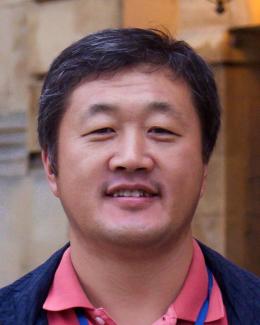Abstract
For high brightness beam production it is important to preserve the brightness in the low energy beam transport system (LEBT) used to transport and match the ion beams to the next stage of acceleration, usually an RFQ. While electrostatic focusing can be problematic for high current beam transport, reliable electrostatic LEBT operation has been demonstrated with H− beams up to 60 mA. Now, however, it is commonly accepted that an optimal LEBT for high current accelerator applications consists of focusing solenoids with space charge compensation. Two-solenoid LEBTs are successfully used for high current (>100 mA) proton beam transport. Preservation of low emittances (~0.15 π mm-mrad) requires the addition of a heavy gas (Xe, Kr), which causes ~5% of proton loss in a 1 m long LEBT. Similar Xe densities would be required to preserve low emittances of H− beams, but such gas densities cause unacceptably high H− beam losses. A short LEBT with only one short solenoid, movable for RFQ matching, can be used for reduced negative ion stripping. A strong electrostatic-focusing LEBT has been successfully adopted for transport of high current H− beams in the SNS Front End. Some modifications of such electrostatic LEBTs are expected to improve the reliable transport of intense positive and negative ion beams without greatly degrading their low emittances. We concentrate on processes that determine the beam brightness degradation and on their prevention. Proposed improvements to the SNS electrostatic LEBT are discussed.
REFERENCES




